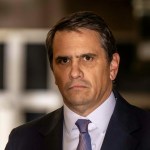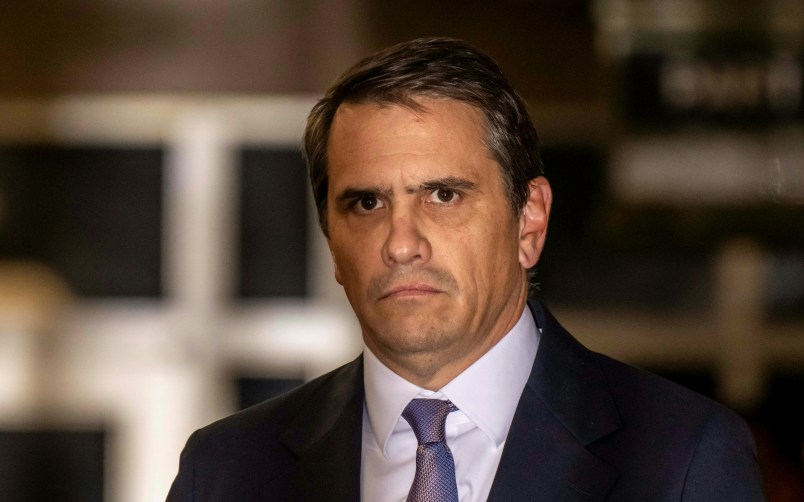STOCKHOLM (AP) — The announcements of this year’s Nobel Prize winners will start Monday with the medicine award and continue with physics, chemistry, literature, peace and economics. The secretive award committees never give away any hints in advance of who could win, but here’s a look at five big scientific breakthroughs that haven’t yet received a Nobel prize.
___
THE HIGGS PARTICLE
Scientists had searched for the elusive “God particle” for decades when its existence was finally confirmed at the European particle physics laboratory CERN in July last year. Nobel prizes tend to go to ideas that stand the test of time and last year’s breakthrough was too recent to be considered for the 2012 award. Belgian physicist Francoise Englert and British scientist Peter Higgs both theorized about the existence of the particle in the 1960s although Englert was reportedly first. There are also a handful of people at CERN that have contributed to the discovery, including Italian scientist Fabiola Gianotti, German Rolf Heuer, Brit Tejinder Virdee and American Joseph Incandela. A Nobel prize can be split between a maximum of three people and are often shared between theorists and those conducting the practical experiments, according to Ulrika Bjorksten, who heads a science program at Radio Sweden.
___
THE HUMAN GENOME PROJECT
The effort to decode the human DNA constitutes one of the largest scientific endeavors in history. Headed by Eric S. Lander, Craig Venter and Francis Collins, the project was completed in 2003 and revealed in intimate detail just what makes up a human being. It has helped scientists understand a vast range of mystery diseases that had baffled doctors for years. However, despite its size and importance it lacks some of the key characteristics of a Nobel Prize winner. The Nobel committee likes to award original scientific ideas or radical approaches and give the prizes to individuals rather than projects. When the project started, some genomes had already been successfully mapped so it didn’t break any new ground. Also, in 2002, three scientists who made early contributions to gene research won the Nobel Prize in medicine or physiology so the Nobel committee may feel it has already covered the area.
___
THE COCHLEAR IMPLANT
The revolutionary hearing aid has helped hundreds of thousands of deaf people to experience a sense of sound and to understand speech. The implant helps those who are deaf because of damage to sensory hair cells in the inner ear, by providing electronic stimulation of the auditory nerve. Radio Sweden science reporter Annika Ostman says the technology is exciting because it has been developed to a large extent in close collaboration with the deaf people it serves. The inventor of the first, basic version of the implant, William F. House, passed away in 2012 and Nobel Prizes aren’t awarded posthumously. However, Australian Graeme Clark, Austrian Ingeborg Hochmair and American Blake S. Wilson, have also contributed to developing the implant.
___
MEMBRANE FUSION
The discovery of membrane fusion shows the means by which proteins and other materials are transported within and between cells. It is a process that cells use to organize their activities and avert the chaos that would erupt if all of their contents were blended together. This breakthrough discovery has helped explain processes as varied as the release of insulin into the blood, communication between nerve cells and the way viruses infect cells. Americans James Rothman and Randy Schekman won the Albert Lasker Basic Medical Research Award for this finding in 2002 — an award often seen as a precursor of a Nobel Prize.
___
PROTEIN FOLDING
Protein folding inside cells is a vital process that gives molecules’ their unique characteristics and disruption of this process can lead to disease and allergies. The Nobel Committee likes underdogs that ignore traditionalist skeptics to break new ground, which is exactly what the two scientists Arthur Horwich and Ulrich Hartl did with protein folding. By discovering that a special apparatus spurs the protein folding by harnessing the energy of a small molecule they toppled traditional notions of how the process works and established new principles. This previously unexplored area has great potential for basic biology and biomedicine.
Copyright 2013 The Associated Press. All rights reserved. This material may not be published, broadcast, rewritten or redistributed.










